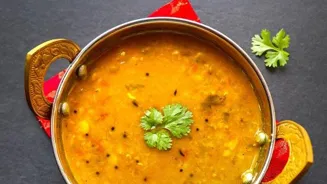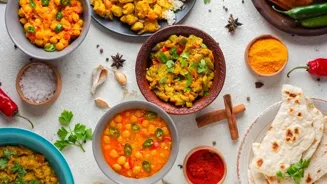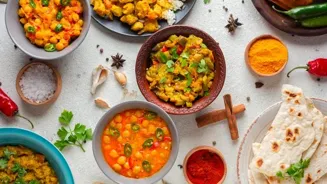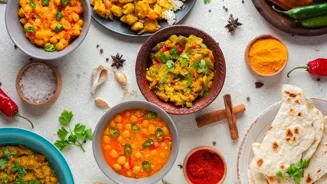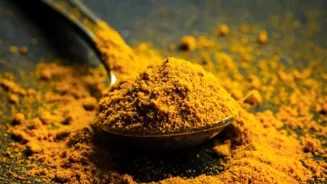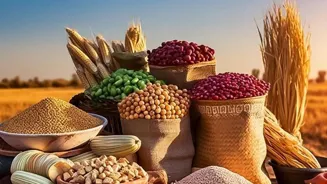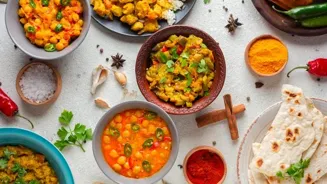Embark on a flavorful journey through 10 must-try dal dishes that will redefine your perception of this Indian staple!
Dal, the humble lentil stew, is a cornerstone of Indian cuisine. From the snow-capped
Himalayas to the tropical beaches of Kerala, you'll find a dal simmering in nearly every Indian household. It's comfort food, it's nutritious, and it's incredibly versatile.
Forget those boring, bland versions you might have encountered. We're about to take you on a flavour-packed journey through ten must-try dal dishes that will redefine your perception of this Indian staple. Be prepared to have your heart, and your taste buds, warmed!
India's culinary landscape boasts a dazzling variety of dals, each with its own unique character and flavour profile. The beauty of dal lies in its simplicity. With just a handful of ingredients, you can create a dish that is both satisfying and nourishing.
The foundation usually consists of lentils (various types!), spices, and aromatics like ginger, garlic, and onions. But it’s the specific combination of lentils and the regional variations from which the magic truly comes.
These dishes can have creamy textures to fiery spices there is a recipe for every palate.
Dal Makhani: The Creamy Dream
Let's start with a celebrity, shall we? Dal Makhani, meaning "buttery dal," originates from the Punjab region and is a slow-cooked symphony of black lentils (urad dal) and kidney beans. It is simmered overnight with butter, cream, and a medley of spices.
The result is a rich, velvety dal with a smoky flavour that is simply divine.
This is typically paired with naan or roti.
A true delight and a dish that you will find at many parties. What it does it bring joy to the faces of all that consume it.
This creamy dish is not light on the stomach therefore usually it is eaten at weddings or in parties or any type of event.
Dal Tadka: The Everyday Hero
Dal Tadka is your go-to dal for a quick, flavourful, and wholesome meal. This dish involves cooking the dal (usually toor dal, masoor dal, or a combination) and then tempering it with ghee, cumin seeds, mustard seeds, dried chillies, ginger, garlic, and curry leaves.
The "tadka" is the tempering process, where the spices are heated in ghee to release their aroma and then poured over the cooked dal This is a simple way to add instant flavour to a dal, making it a family favourite.
It’s ready in no time and packs a flavoursome punch that is perfect for a light lunch or dinner.
This is eaten almost daily in every home.
Chana Dal: The Nutty Delight
Chana Dal, made from split chickpeas, has a slightly nutty flavour and a granular texture. It is often cooked with coconut milk, spices, and herbs to create a flavourful and hearty dish. In some regions, it is ground into a paste and used to make delicious snacks and sweets.
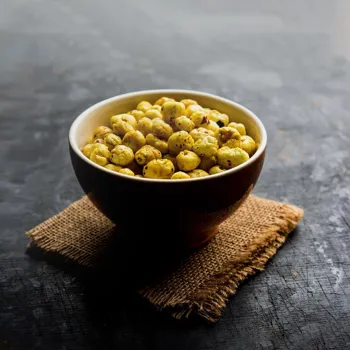
Chana Dal is rich in protein and fibre, making it a healthy and satisfying option.
This rich and nutty dal goes very well with rice and can be consumed by mixing with rice or eating on its own. A true delight this dal will change your perception of humble Indian food.
Panchmel Dal: The Royal Blend
Panchmel Dal, also known as Panchratna Dal, translates to "five lentils dal." As the name suggests, this dish mixes together five different types of lentils: moong dal, chana dal, toor dal, urad dal, and masoor dal.
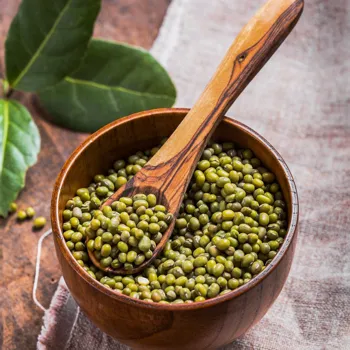
Each lentil contributes its unique flavour and texture, creating a harmonious blend that is both nutritious and delicious. Panchmel Dal is often cooked with tomatoes, onions, ginger, garlic, and a blend of spices. This is a popular recipe in Rajasthan.
A true delight and a healthy option.
Moong Dal: The Gentle Healer
Moong Dal, made from split green gram, is light, easily digestible, and a favourite in Ayurvedic cooking.
It’s often recommended for people who are feeling unwell or need a gentle, nourishing meal. Moong Dal can be cooked plain with just a pinch of turmeric and salt.
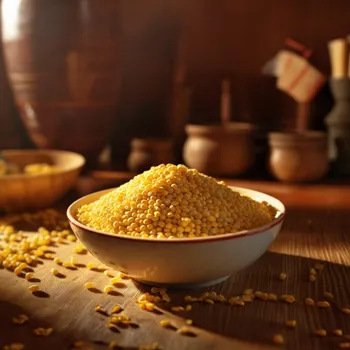
The resulting dish is subtly sweet and comforting.
This is given to people who are unwell and helps with keeping the stomach settled. Moong Dal is easy to digest and is a healthy option.
Masoor Dal: The Orange Wonder
Masoor Dal, made from red lentils, has a distinctive orange colour and cooks quickly. It has a mild, earthy flavour and a creamy texture. Masoor Dal is incredibly versatile and can be added to soups, stews, and even used as a thickener. This is another common dal that is eaten in many homes.
Toor Dal: The Staple Choice
Toor Dal, also known as arhar dal, is a yellow lentil that is a staple in many Indian homes. It has a subtle, slightly sweet flavour and a relatively smooth texture. Toor Dal is often combined with vegetables, spices, and tamarind to create a flavourful and tangy dish.
This is the basic dal that is eaten almost across all parts of the country.
Dal Palak: The Healthy Twist
Dal Palak is a nutritious and delicious combination of lentils and spinach. The spinach adds a vibrant green colour and a boost of vitamins and minerals. Toor dal, moong dal, or masoor dal can be used as the base, but toor dal is the most common.
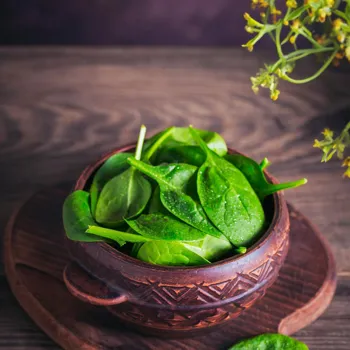
The dish is usually tempered with ghee, cumin seeds, garlic, and dried chillies.
Amti Dal: The Tangy Temptation
Amti Dal hails from Maharashtra and is known for its sweet, sour, and spicy flavour profile. It is made with toor dal, tamarind, jaggery, and a special spice blend called goda masala. Amti Dal is often garnished with peanuts, coriander, and a dollop of ghee.
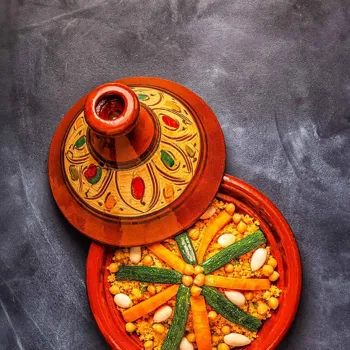
Dhuli Urad Dal: The Protein Powerhouse
Dhuli Urad Dal, made from split black gram without the skin, is an excellent source of protein and fibre. It has a rich, earthy flavour and a creamy texture. Dhuli Urad Dal can be used to make a variety of dishes, including dal, idli, dosa, and vada.
So, there you have it!
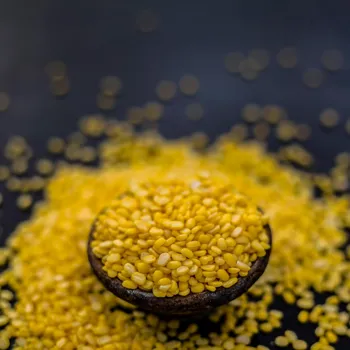
Ten must-try dal dishes that will warm your heart and tantalize your taste buds. Each dal offers a unique culinary experience, showcasing the diversity and richness of Indian cuisine. Don't be afraid to experiment with different lentils, spices, and cooking methods to create your own signature dal.
Happy cooking!
Dal is a very important part of the Indian diet. It is usually eaten with Roti or Rice. Many people across India are vegetarian and consume this essential food to stay healthy and strong.
All types of Dal are rich in protein and carbohydrate therefore make it a very crucial part of the food consumed daily. There are many variations and cooking methods and taste profiles available when cooking Dal.
Every home or family will have their own twist on this recipe and therefore it really becomes close to the heart. Enjoy the many recipes and don't be afraid to experiment.
Dal in India, is a dish that has been consumed for millennia.
It dates back to ancient times, and each family and region has its own twist to this staple dish.
Dal is also an important part of the Indian economy, the farmers across India rely heavily on the lentil farming.
It has become a common dish outside of India with rising popularity of Indian cuisine.
Many cultures are adopting this versatile dish and adapting it to their own cuisine.
In the end, Dal is more than just a food, it is an experience.
It is a way of celebrating Indian culture, history.
It is a way to bring people together.
Through the countless variations of Dal and the history of Dal you are sure to find a recipe right for you. So grab your pots and pans and get started on your dal journey.
These are just a few examples of the many delicious dal dishes that exist in India.
With so many different types of lentils and spices to choose from, the possibilities are endless. So go ahead and explore the world of dal and discover your new favourite dish!
